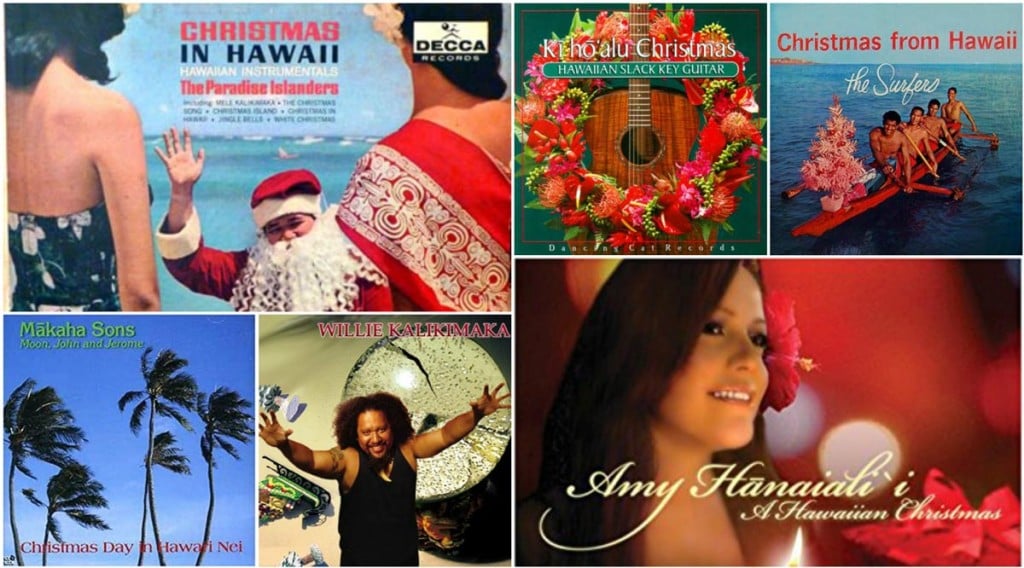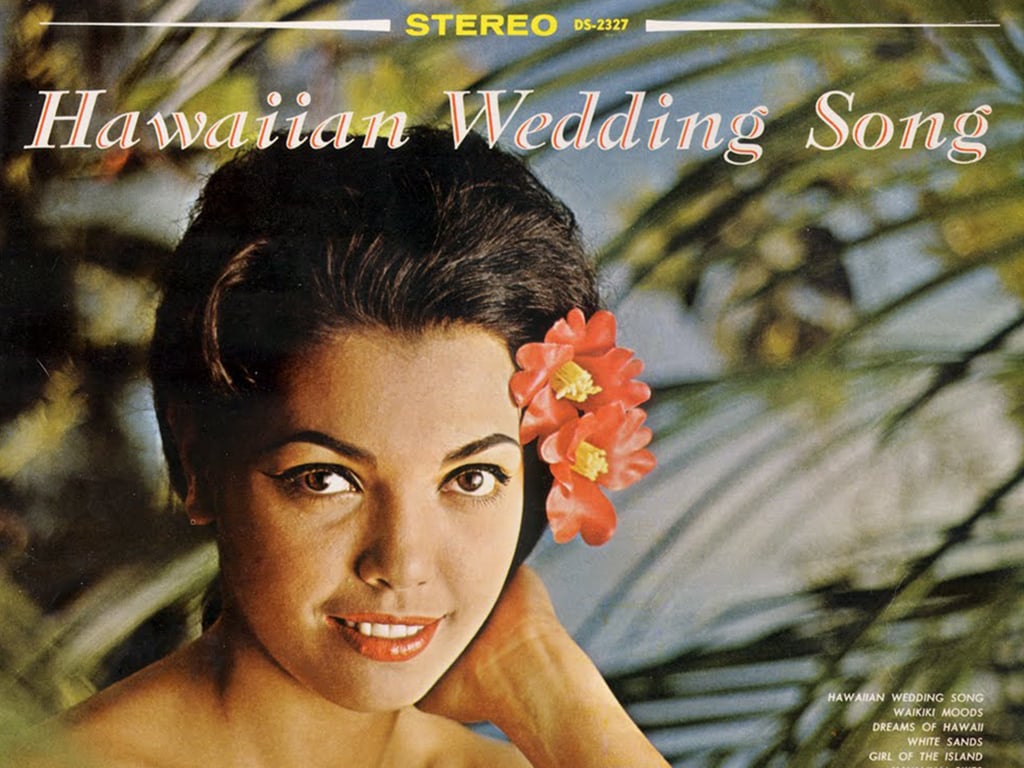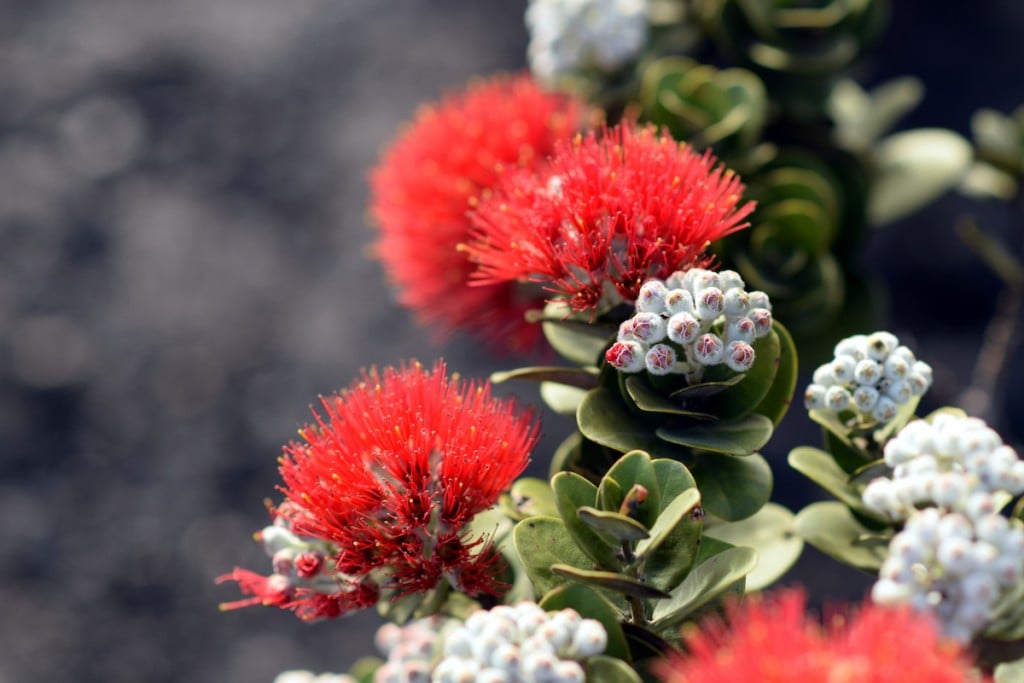15 Extraordinary Hawaiʻi Women Who Inspire Us All
We can all learn something from these historic figures.
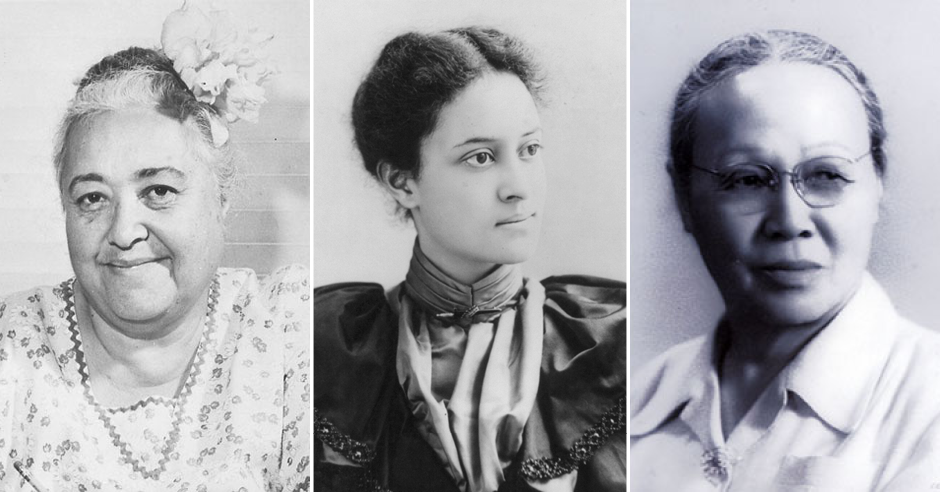
The halls of Hawaiʻi’s history are filled with examples of powerful and inspirational wahine (women) who made progressive steps for women’s, indigenous and minority rights across the Hawaiian Islands. Their actions and achievements also instilled pride in culture and identity, regardless of gender. Adding to our list of “14 extraordinary women in Hawaiʻi’s history,” here are more equally remarkable figures who were steadfast in their causes, unafraid to challenge the status quo and stand up for what they believe in.
1. ʻIolani Luahine

Regarded as the 20th century’s foremost authority and representative on the ancient art of hula, ʻIolani Luahine was a world famous dancer with an unmatched mastery of this nearly lost cultural tradition. The “high priestess of hula,” as she’s often deemed, is remembered for not just her magnetic presence and artistry as a dancer, but instruction and revival of hula kahiko, the traditional oral heritage of hula passed down for generations.
After opening her own Honolulu hālau (hula school) in 1947, Luahine trained over 300 students in the ancient rituals, chants, authentic instrumentation and proper production of appropriate costumes for hula that was passed down to her—all this during a time when Hollywood was reducing the sacred dance into something merely for entertainment. In 1969, Luahine hosted a pivotal meeting, at the onset of the Hawaiian Renaissance, with the Islands’ most knowledgeable kumu hula (hula teachers) and dancers in Nānākuli, Oʻahu to demonstrate the need for organizations committed to preserving and perpetuating Hawaiian culture as it pertained to hula. In doing so, she reignited an awareness for the dance’s complexities and historical importance for the Hawaiian people.
Soon thereafter, a Hawaii state-run council was underwritten to teach the old ways of hula to a new generation of pupils. As a result, some of today’s most respected hula teachers in Hawaii attended these very first workshops.
2. Princess Kaʻiulani

Victoria Kawēkiu Lunalilo Kalanikuiahilapalapa Kaʻiulani Cleghorn was destined to rule the Islands—the princess, who might have become queen, was named heir to the throne by Queen Liliʻuokalani when she was just 15 years old. Princess Kaʻiulani was celebrated by Hawaiʻi’s citizens upon her birth (bells rang out at 4 o’clock in the afternoon on October 16, 1875 to announce her) and, in her teens, became an avid surfer and expert equestrian. She was eventually sent to England for schooling, where she became highly educated in the arts and fluent in several languages, all to prepare her for her royal duties.
It was during these formative years when she was informed of the illegal overthrow of the Hawaiian monarchy. While detached from her Islands, her love for its people was unwavering. She immediately traveled to Washington D.C. to urge President Grover Cleveland to restore the Hawaiian monarchy and defend Liliʻuokalani’s name and honor—a historical moment for which she’s best remembered. Princess Kaʻiulani passed away from cardiac rheumatism at just 23 years old and was deeply mourned.
3. Donnis Thompson

Dr. Donnis Thompson, the former University of Hawaiʻi women’s director of athletics, was a champion for female athletes in Hawaiʻi and helped lay the foundation for the university’s now thriving women’s sports program. She was the university’s first women’s track and field coach, a program she started in 1961. By 1972, she was heading the entire athletics program, turning the then-two sports offered to female students into a catalog of eight, multiplying the meager number of women’s athletic scholarships to 30 and notably pushing its women’s volleyball team, the Rainbow Wāhine, into the national spotlight. She eventually went on to become the first woman to serve as Superintendent of Education for the state of Hawaiʻi. A sculpture of Thompson, who passed away in 2009, sits at the Stan Sheriff Center.
4. Isabella Sinclair

Isabella Sinclair was the author and illustrator of the first color picture book of Hawaiian flowering plants, “Indigenous Flowers of the Hawaiian Islands,” published in 1885. Not a trained botanist, it was considered a notable achievement of the time for including both their Hawaiian and botanical names, the seasons they blossomed and their natural habitats, many of which she observed on the islands of Niʻihau and Kauaʻi that had little textual documentation and threatened by extinction. The book featuring her original watercolors was eventually peer reviewed by the “Journal of Botany.” Sinclair, who made her home in 1863 in Hawaiʻi, was wise to consult knowledgeable native sources for the book, speaking with elderly Native Hawaiians on Niʻihau and Kauaʻi in particular, to obtain reliable information about their differing names in different island districts. She dedicated the book in its introduction: “To the Hawaiian Chiefs and People who have been most appreciative friends, and most lenient critics, this work is affectionately inscribed.”
5. Princess Ruth Keʻelikōlani

Princess Ruth Keanolani Kanāhoahoa Keʻelikōlani, known simply as Princess Ruth, was a steadfast figure in Hawaiʻi’s history, who clung to her Hawaiian identity during an era of much change and transition in values. While educated and taught to read and write by missionaries, customary of a chiefly upbringing at the time, Ruth refused to speak English and only spoke in Hawaiian. She also was adamant against personally converting to Christianity or to even travel outside the Islands she called home, a conviction that brought about the ire of many Christian missionaries and non-Hawaiian politicians. Despite her reputation in those circles, she was summoned by a Hawaiian council in 1881 to Hilo, Hawaiʻi Island where a lava flow threatened to destroy the town of Hilo to appease the volcano goddess Pele. Ruth sailed to Mauna Loa and it’s chronicled in the ship captain John Cameron’s account that she prayed and made sacrifices to Pele, standing in the lava’s path. That day, the flow stopped and refrained from destroying the town. When she returned to Honolulu, she was greeted by a crowd at the docks for her heroism.
Her contributions to Hawaiʻi today is traced to her will; Ruth, who inherited the vast landholdings of Kamehameha the Great, left her massive estate to Princess Bernice Pauahi Bishop, her cousin and best friend. Through Pauahi, that estate would ultimately become the Kamehameha Schools, a school for the advancement of Native Hawaiian children.
6. Tai Heong Kong Li

Photo: Sailing for the Sun – The Chinese in Hawaii
Tai Heong Kong Li was the first woman to practice Western medicine in Hawaiʻi. Demure in size (she was just under 5 feet in height and weighed 85 pounds) and an orphan, Li became the top student of her orphanage in China which led to a scholarship at the Canton Hospital Medical School. At 21 years old, it was here she met a fellow student that would become her husband and the two immigrated to Hawaiʻi as doctors. Not fluent in English, Dr. Kong appealed to Sanford B. Dole, the president of the newly made Republic of Hawaiʻi, with the help of a Cantonese translator to receive an official license. Despite her education abroad, she was made to take an all-day comprehensive oral examination before four Western doctors. Unsurprisingly she passed and was issued her license to practice medicine and surgery in the Islands.
Dr. Kong was remembered for personally going door to door to treat patients and she delivered more than 6,000 babies of all races across Oʻahu. She was also the president of both the Chinese Church’s Women’s Society and the Honolulu Chinese Orphanage Society, among other titles. Dr. Kong passed away at 76 in 1951. Several of her grandchildren and great-grandchildren are practicing doctors today.
7. Helen Lake Kanahele
Helen Lake Kanahale is heralded as one of the first women labor leaders in Hawaiʻi. She was deeply involved with the United Public Workers and became the elected president of the International Longshoremen and Warehousemen’s Union Women’s Auxiliary, passionately protesting for the rights and wages of union workers. One of her major campaigns in the 1950s was working to amend the Organic Act, which would allow women to serve on juries in the Territory of Hawaiʻi.
Kanahele lived and raised her family in a Hawaiian homestead house in Papakōlea, Oʻahu, and became a vocal proponent on behalf of homesteaders and their issues. She’s described by colleagues of the time as courageous and difficult to intimidate; her public affiliations with union causes, beliefs against capital punishment and pro-world peace statements made her a target of the Territorial Committee. In 1954, she was subpoenaed to appear before them for her “subversive” behavior, where she refuted under oath multiple times that she was not a member of the Communist Party, and stood by all her statements as beliefs she came to on her own accord. The interrogation left her undeterred and she recruited even more members for the UPW, serving in positions from territorial secretary-treasurer to board member of its political action committee. She was also incredibly charismatic and notable for breaking into mixed organizations often run and dominated at the top by men, who respected and accepted her leadership on their issues.
8. Haunani-Kay Trask

Haunani-Kay Trask is a Native Hawaiian academic, activist and influential figure in the Hawaiian sovereignty movement Ka Lahui Hawaiʻi, the largest in the Islands. She was the first full-time director of the Center for Hawaiian Studies at the University of Hawaiʻi at Mānoa, serving in the position for 10 years. Unafraid of criticism, her incisive rhetoric and impassioned oratory character made her at times a controversial figure (“I am not soft. I am not sweet,” she once responded to an undermining claim that her approach was too abrasive and “un-Hawaiian”) at the center of a much-needed intellectual discourse on issues surrounding native land rights, institutional racism and sexism in Hawaiʻi. Also a poet, Trask brought politics into the core of her poetry collections “Light in the Crevice Never Seen” and “Night is a Sharkskin Drum,” and penned the provocative book of essays “From a Native Daughter: Colonialism and Sovereignty in Hawaiʻi.”
9. Morrnah Nalamaku Simeona

Morrnah Nalamaku Simeona is a Hawaiian healer known for reinterpreting the hoʻoponopono, an ancient Hawaiian reconciliation process, into the modern day version recognized around the world. Formerly a lomilomi massage practitioner (and to a famous visiting clientele to the Islands—Lyndon B. Johnson, Jackie Kennedy and Arnold Palmer to name a few), Simeona descends from a lineage of Hawaiian healers; her mother was a kahuna laʻau kahea (healer through prayers and chants). In 1976, at 63 years old, Simeona began to adapt the hoʻoponopono practice for an international contemporary audience and as a self-help exercise for the individual, presenting her method to the United Nations and around the globe.
10. Rosalie Keliʻinoi

Rosalie Enos Lyons Keliʻinoi was Hawaiʻi’s first elected woman legislator in the Territory of Hawaiʻi. In 1925, Keliʻinoi made a successful Republican bid to represent the island of Kauaʻi in the territorial house, introducing bills that empowered women in public life. Notably she proposed and passed landmark pieces of legislation that still stand in the books of Hawaii Revised Statutes: Act 274, which gave married women the right to sell, without the consent of their husbands, property they brought into the marriage; Act 31, designating funds for programs to promote the welfare of pregnant women; and, Act 51, authorizing the territorial government to purchase, restore and turn over Huliheʻe Palace, a historic summer home in Kailua-Kona to the Daughters of Hawaii for use as a museum. It remains open to visitors who enjoy viewing its priceless koa furniture and artifacts.
11. Dora Kim Moon

History Program
Dora Kim Moon was an integral Korean community organizer in Hawaiʻi and a pillar of the Korean women’s movement in the Islands during its territorial, and later, statehood years. A few months after immigrating from Pyongyang, Korea, Moon organized a small prayer group near Honolulu Harbor that eventually became the First Korean Methodist Church; four decades later it would grow to more than 400 members. A vocal proponent during an era where it wasn’t the norm for a woman, let alone a minority immigrant, Moon is remembered by her granddaughter as “such a strong person. In church you could see her standing with the men. They respected her convictions. My family often said, ‘Grandmother should have been a man!’” During that time, Moon devoted herself to a variety of women’s causes, organizing the Korean Women’s Club and Korean Women’s Relief Society whose social activism gave support to Koreans abroad occupied by Japanese military during World War II.
12. Emma Metcalf Nakuina

Emma Kailikapuolono Metcalf Beckley Nakuina is a highly regarded authority on Hawaiian water laws and unofficially considered Hawaii’s first female judge. A descendant of aliʻi (chiefs), Nakuina became an esteemed figure to the court of Kamehameha IV because of her understanding of laws governing the traditional distribution of water in Hawaii—a “custodian of the laws of the Kamehamehas.” Her published works on the subject, notably “Ancient Hawaiian Water Rights and Some Customs Pertaining to Them,” have become a standard reference and primary source to this day. Her 18-year service as a judge and commissioner of private ways and water rights spanned Hawaiʻi’s many transitions, from kingdom to republic to a territory of the U.S. In retirement, she became one of the Hawaiian Historical Society’s first female members and stayed active with the Daughters of Hawaii, a civic organization.
13. Annie Fox
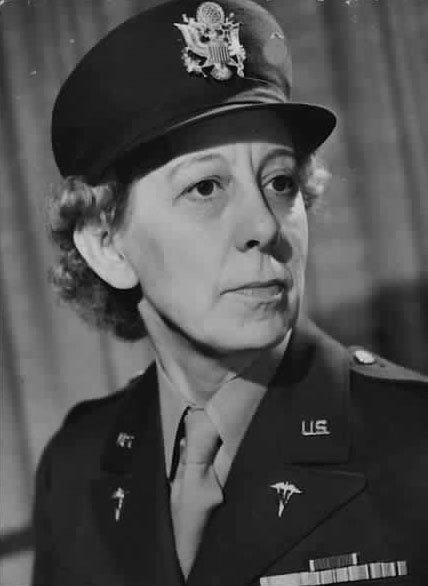
Annie Fox was the first woman to be awarded the Purple Heart for combat following her service as the head nurse at Hickam Field’s Station Hospital during the attack on Pearl Harbor in 1941. In the aftermath, Fox “administered anesthesia to patients during the heaviest part of the bombardment, assisted in dressing the wounded, taught civilian volunteer nurses to make dressings, and worked ceaselessly with coolness and efficiency, and her fine example of calmness, courage and leadership was of great benefit to the morale of all with whom she came in contact,” read the citation upon the Purple Heart’s presentation to her a year later. When the criteria for the Purple Heart was changed thereafter (it’s reserved for those wounded by enemy combat), Fox was awarded, in lieu of the Purple Heart, the Bronze Star, another prestigious military recognition.
14. Kini Kapahu Wilson

Kini (Jennie) Kapahu Wilson made her most significant strides for women’s rights in 1919 as the wife of the appointed Honolulu mayor, John Wilson. A hula dancer for King Kalākaua-turned-public servant, Wilson, or Jennie, as she was known, organized what’s considered “the first meeting of women in the territory to discuss the new sphere of womanhood” that the 1920s suffrage movement ushered in. She was also a favorite personality within the Democratic Party and was acknowledged as Hawaiʻi’s “Honorary First Lady.” Wilson valued the opportunities her husband’s political position afforded her as a female ally; she once told the press she wanted him to stay in public office as long as he could just so she could “kick some shins.”
15. Mary Kawena Pukui

Mary Kawena Pukui was a Hawaiian scholar, practitioner and cultural pioneer whose published works are considered a cornerstone in the active preservation and perpetuation of the Hawaiian language and diverse fields of Hawaiian studies. Born shortly after the overthrow of the Hawaiian monarchy, Pukui would publish invaluable resources, references and translated manuscripts including the definitive “Hawaiian Dictionary – Hawaiian-English, English-Hawaiian,” “Place Names of Hawaiʻi” and “ʻŌlelo Noʻeau,” a collection gathering 3,000 Hawaiian proverbs and poetical sayings; all three considered to be the unequivocal authorities in their subjects.
The juggernaut legacy of the two-volume set, “Nana I Ke Kumu, Look to the Source,” provides an immense understanding of Pukui’s contributions, covering Hawaiian concepts and belief systems through the anthropological and personal lens of a Native Hawaiian. A wealth of knowledge on the oral traditions of Hawaiian culture, Pukui’s unparalleled accumulation of unpublished notes spanning over 50 years are currently held at the Bishop Museum on Oʻahu.
